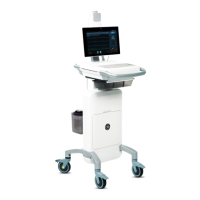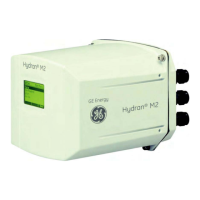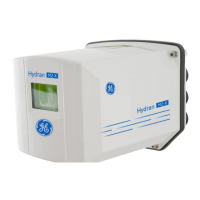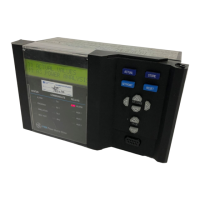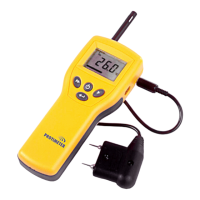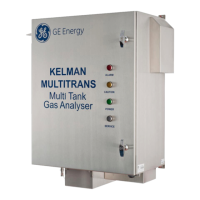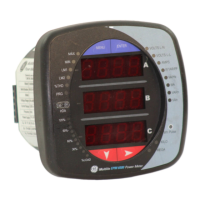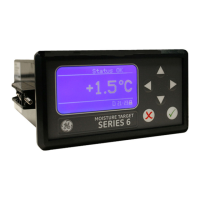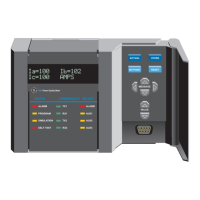8. Application Notes and Optional Features
DMS 2 Operating Manual Page 181
Do not allow the probe to be coupled for more than 5 sec-
onds. If a thickness reading does not appear within 5
seconds, remove the probe and cool it in air. On curved
surfaces, gently rocking the probe may help achieve good
coupling.
While coupled, readings tend to drift upward as the probe
warms. Using the FREEZE key and/or MINCAP Mode
(Section 4.1) may be helpful in minimizing this problem.
A 100% duty cycle can be employed when taking measure-
ments below 350°F (176°C). No cooling of the probe is
required.
If taking thickness readings at temperatures above 350°F, cool
the probe in air as follows:
• 15 seconds for temperatures from 350°F to 550°F
• 30 to 120 seconds for temperatures from 550°F to 1,000°F
Before taking another reading, carefully remove the remaining
couplant and residue from the probe.
Thickness measurements made at high temperatures must be
corrected for the effect of temperature on the material sound
velocity. Velocity in steel changes at an approximate rate of
-0.5% per 100°F (-1.0% per 100°C).
Some applications may exceed DMS 2 capabilities. If high
temperature measurements are unsatisfactory after several
attempts using this procedure, better results may be achieved
by using a high temperature probe with an ultrasonic flaw
detection instrument.
8.3 Measurement Through Coatings
With the Dual and Single Element “Multi-Echo” modes, or new
TopCOAT Mode digital readout and recording capabilities, and
A-scan display for setup and signal verification, the DMS 2 or is
a useful tool for taking thickness measurements on many types
of coated parts. This section provides a general description of
the method for taking measurements of this type. Results,
however, are highly dependent upon the skill and technique of
the operator. Thickness measurement through coated sur-
faces should not be attempted without a thorough under-
standing of the principles involved, such as acoustic interfaces
and acoustic impedance matching, and adequate training and
practice at taking measurements of this type with the DMS 2
operated in the Dual (D-Multi) or Single Element “Multi-Echo”
modes or TopCOAT modes.

